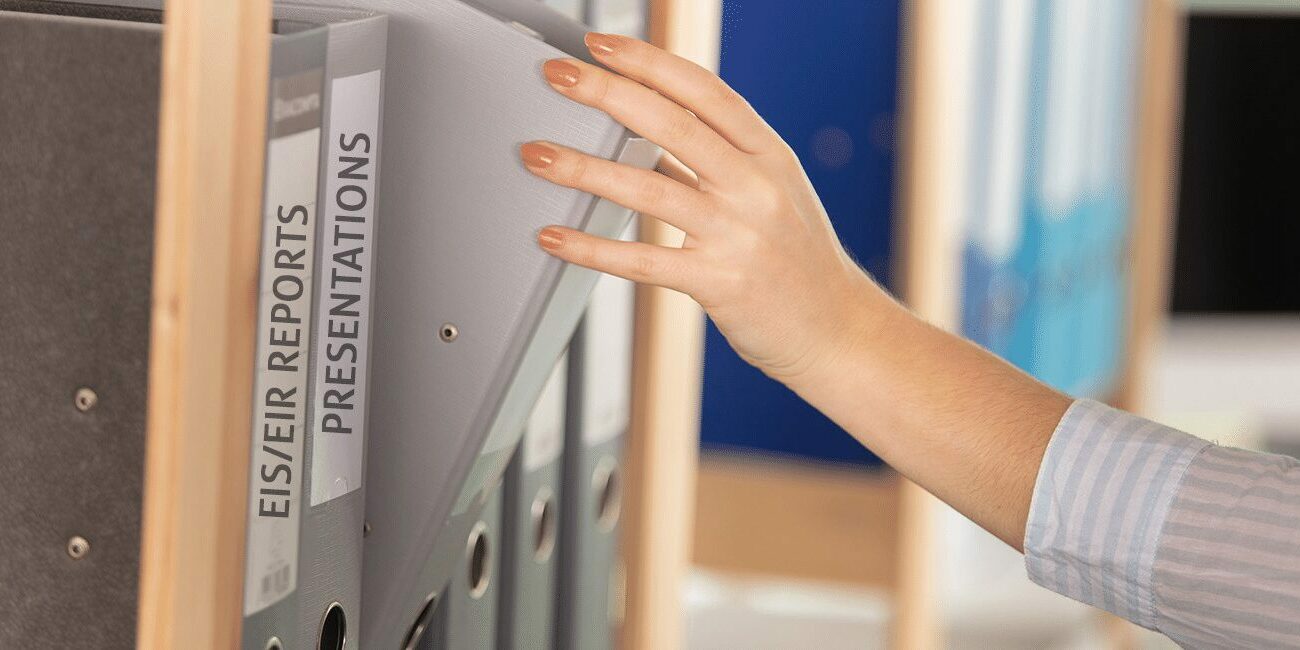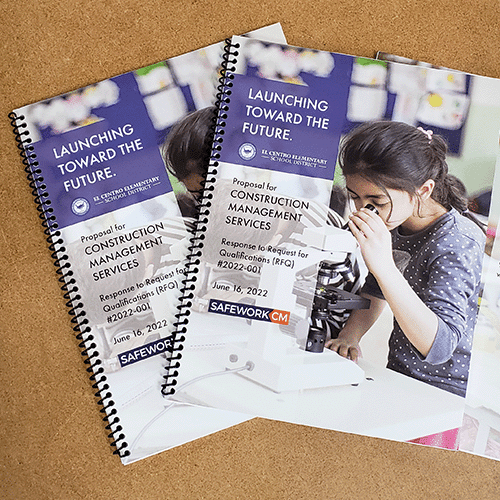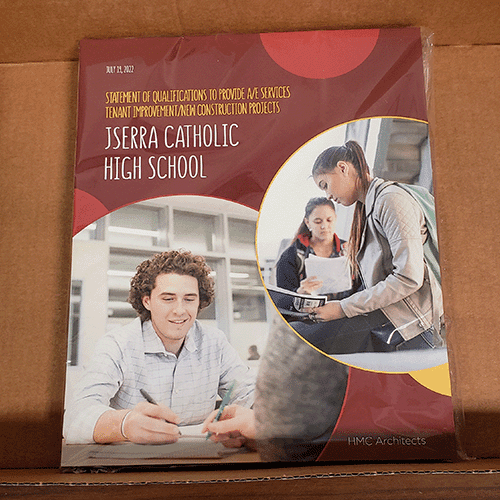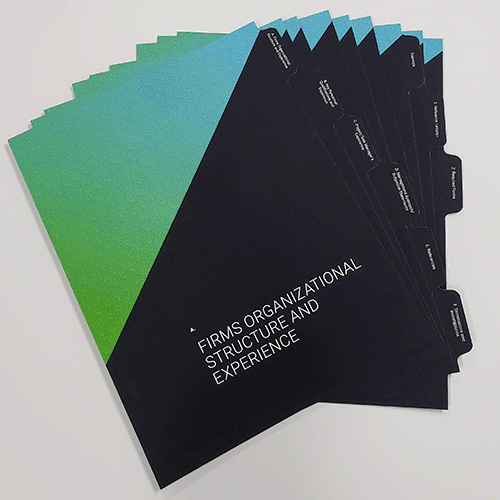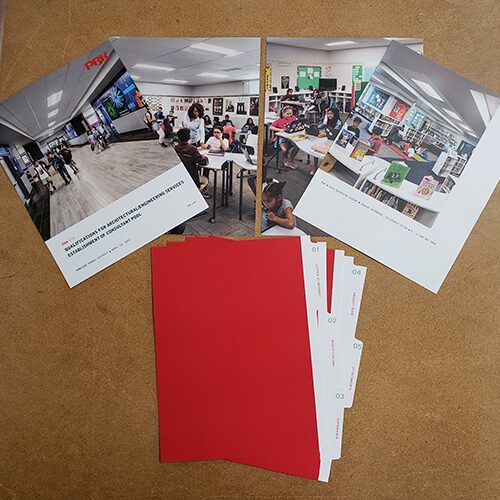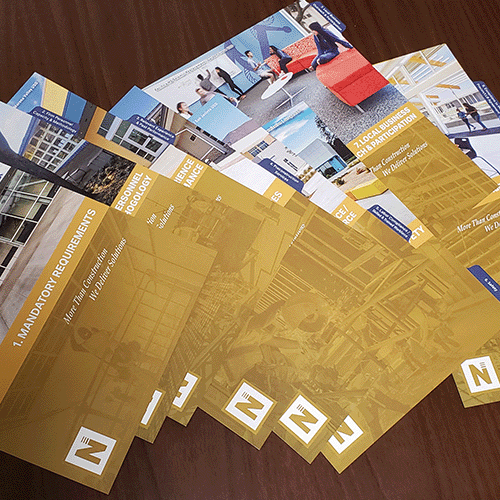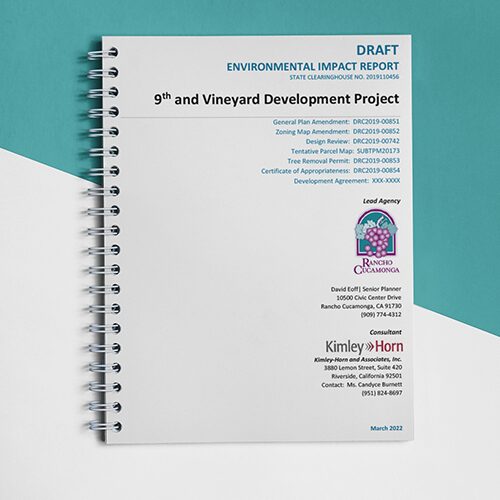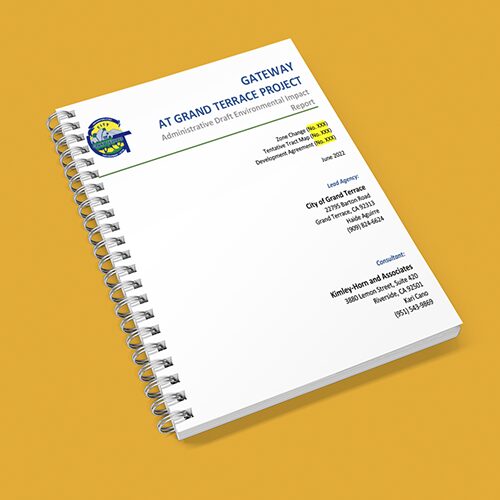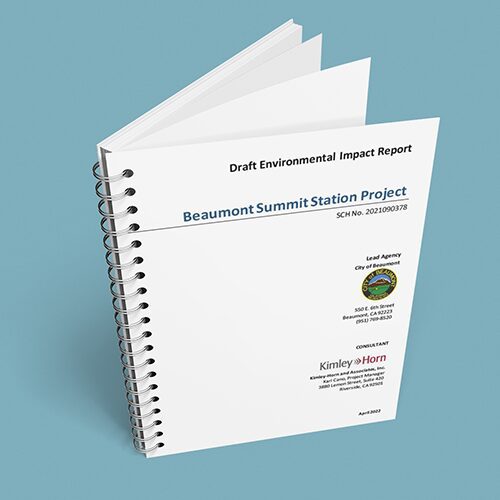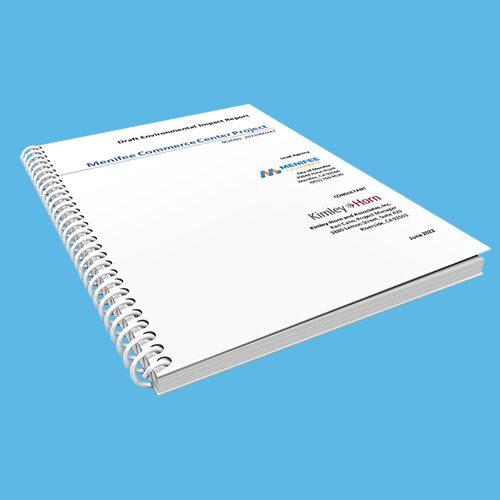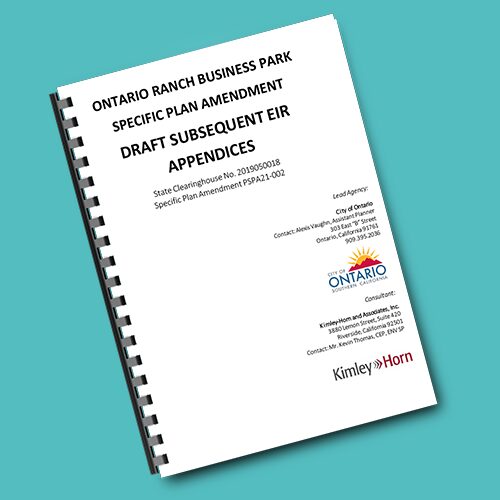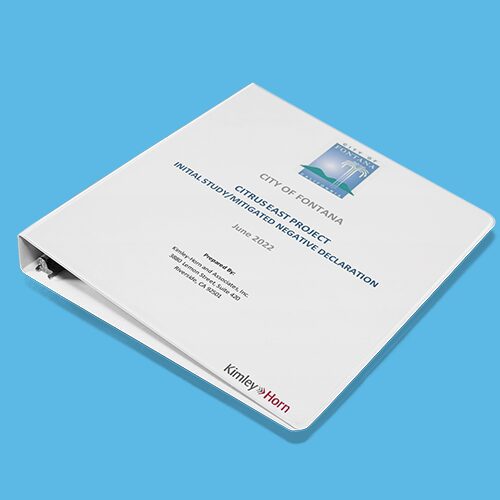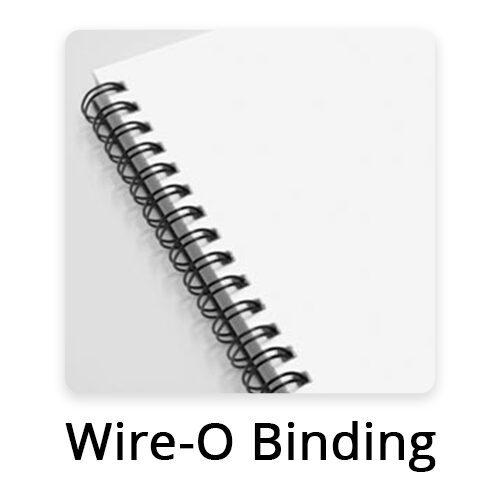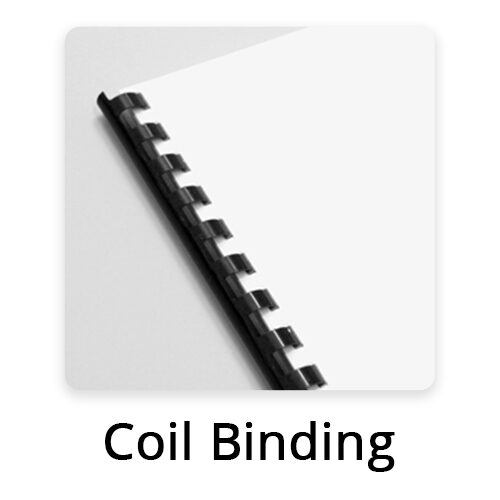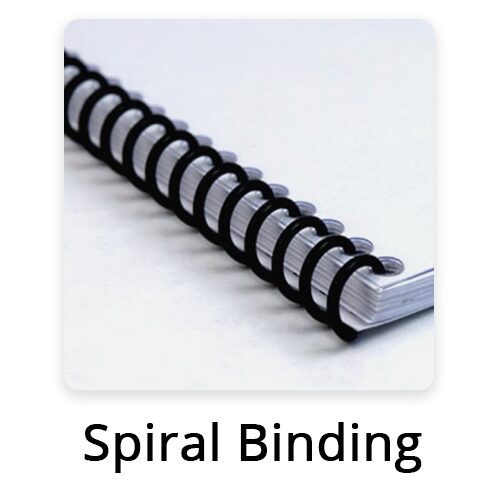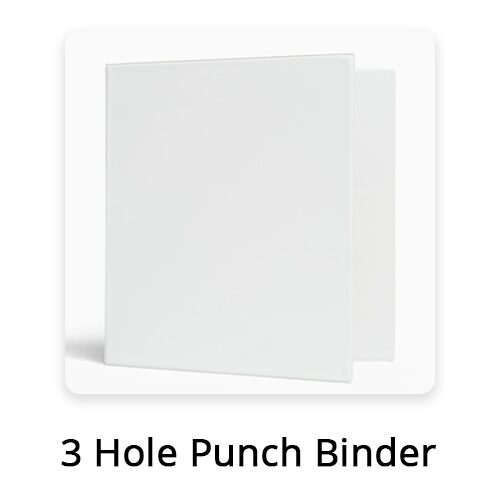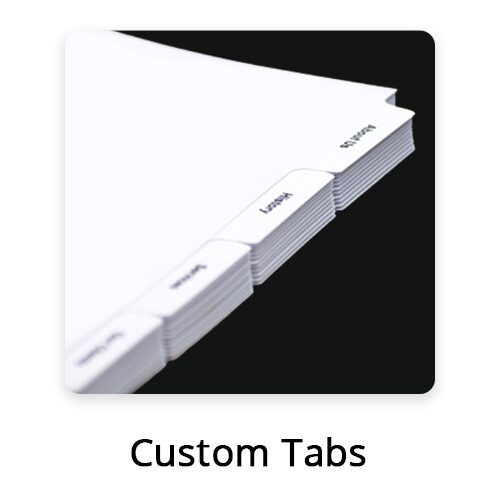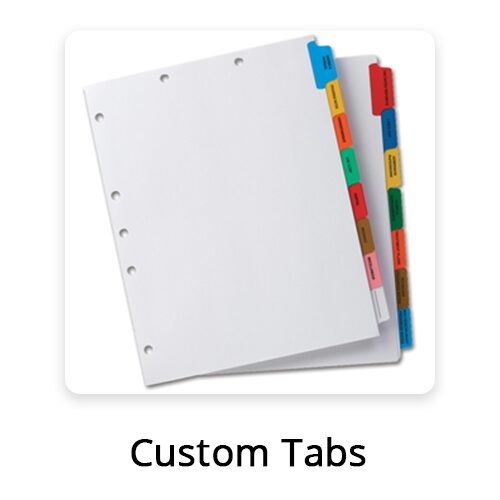Small Format Printing Makes an IMPACT
Spotlight:
Small Format Printing for Reports, Presentations, Booklets, in Color or Black & White, Custom Tabs, and Binding Options
Clients:
Architects, Engineers, Planning and Geotechnical Companies, Various City and County Municipalities
Small format color printing is important, from flyers to elaborate reports with custom tabs. Whether on its own, accompanied by bid sets, or sitting in front of board meeting executives. Colorful informational reports and documents can make a noticeable contribution to getting your point across. Everything about these small yet impactful documents can help you and your business make an impression and be the star of the show.
Small but mighty, small format color documents are easy to handle, from flat flyers to folded mailers, postcards, booklets, business cards, marketing materials, and reports. A&I has extensive experience printing, creating custom tabs, and binding reports for architects, engineering, planning, and geotechnical firms. We know how important these reports are to our clients.
Reports, otherwise known as “Informational Documents,” are a crucial element before starting any construction process. Small format report printing examples include Soils Reports, SWPPP reports, Specification Manuals, Environmental Impact Statements, and Environmental Impact Reports.
Environmental Impact Statement and Environmental Impact Reports:
An environmental impact statement (EIS) is a document prepared before a project that describes how the proposed activities impact the environment. In addition to describing the effects, the document may include ways to mitigate the impacts.
An Environmental Impact Report (EIR) is a written report given after a proposed project has been assessed concerning its environmental impacts. EIR is also called EIS (Environmental Impact Statement). It is a report that reflects the environmental impacts or consequences of a proposed project or an existing facility. After an Environmental Impact Assessment (EIA) has been carried out on an existing facility or proposed project and there is evidence that the project if executed, will have adverse effects on the environment, an EIR will be submitted. The record will include an analysis of the effects and whether they can be mitigated or not.
Since an Environmental Impact Statement is a report on the possible effects proposed on the environment, several projects can attract EIS or EIR reporting. The Notice of Preparation (NOP) is the first step in the EIR process. The purpose of the NOP is to obtain early comments on the proposed project, alternatives, and potential environmental impacts.
Under CEQA (California Environmental Quality Act), once the decision is made to prepare an EIR, a Notice of Preparation must be sent out to responsible agencies, to every federal agency involved in approving or funding the project, and to each trustee agency responsible for natural resources affected by the project.
“Significant effect on the environment” means a substantial, or potentially substantial, adverse change in any of the physical conditions within the area affected by the project, including but not limited to land, air, water, minerals, animals, flora, fauna, ambient noise, and objects of historical and cultural sites, particularity sites of significance for indigenous peoples or aesthetic significance. As well as including any effects on social and economic impacts to local communities, including housing, businesses, property values, and impacts that threatened or endangered species.
With so much to address, the typical EIS is a lengthy document, often more than 100 pages. The table of contents helps quickly identify specific sections that might be most useful for a classroom discussion or civic action.
The EIS may include additional topics not required for every project, including financial plans, environmental mitigation plans, and plans for complying with any required federal, state, or local permits. The EIR should generally include a description of the physical environmental conditions in the project’s vicinity as they exist when the notice of preparation is published. It should be given from both a local and regional perspective. The environmental setting will typically set the baseline physical conditions by which a determination can be made about an impact and its significance. The description of the environmental setting must be no longer than necessary to provide an understanding of the significant effects of the proposed project and its alternatives. Another critical document is the Soils Report.
Soils & Geotechnical Testing Reports:
A soil test is a significant step of construction before it begins. If a soil testing is not done, the building will be exposed to unknown dangers, and the results could be fatal. The term “shifting sand” could become a reality and cause great harm to the structure and the people living in it.
A geotechnical engineer will need to test the site you plan to build on in the beginning stages of planning. The report will specify the physical properties of the soil on your building site. It will also include the chemical composition of the soil, the stability of natural slopes, possible fault distributions, and other necessary details of the construction site.
The soil quality on your building site is a key factor in the success or failure of your construction project. A geotechnical test and report will ascertain the characteristics of the soil to determine its capacity to support your building or structure. Geotechnical reports are used to obtain information and data when proposing a plan for a new structure or attempting to repair one.
Soil testing is a vital part of building and road construction. No construction project can proceed without first ensuring the soil can support the load. The purpose of soil testing for construction is to determine the suitability of the soil for the type of construction to be done. The test is also done to determine the presence of groundwater. These reports are typically required for any structure, such as primary residences, guest houses, additions, barns, detached accessory structures, and most site grading and retaining walls.
A geotechnical report is vital before beginning any construction or building. It is a prerequisite prior to construction and even before house plans are determined. The geotechnical report includes a site analysis of the soil, rocks, bedrock properties, and fault distribution. The investigation is done to determine the engineering properties of how the elements and constituents will interact with a proposed construction.
While soil and geotechnical reports are often used synonymously, they refer to different yet related services. A geotechnical engineer or a soil engineer prepares a soil report. A soil report typically comprises a text portion, site plan, boring logs, some figures, and engineering calculations.
Printing and Binding Reports:
These essential reports are printed in both color and black and white. Because the reports contain topographical maps and pictures of structures and soil consistencies, every detail must have sharp, clear, colorful visuals. Reports are printed on glossy or satin 28lb white bond paper. Usually, they include a clear acetate cover and a black vinyl back. Different binding finishes are available and include; wire-o, plastic coil, and spiral. There is also 3-hole punch and binder insertion, which are all standard yet give a professional look to any submittal.
Custom Tabs:
Tabs are essential for quickly finding a chapter of interest in any report. Yet, at times custom tabs are sometimes overlooked. The most sought-after are the tabs printed full bleed from the cover page design. Picture the design of your front cover in eye-catching vivid color, and then continue that same design and color for every tab sheet.
Custom index tabs are an effective and professional way to showcase your company’s presentations, marketing binders, sales books, catalogs, directories, and reports. Tabs are usually printed on oversized bright white heavy-duty 90lb index paper in your choice of matte or gloss.
Tabs are ordered in “banks”; the smaller number of tabs, the bigger the font can be printed on them. The common, most readable tabs are in banks of 10 or less. They are cut to order, and for extra strength and protection, tabs are usually laminated or mylar coated. For your next presentation report, upgrade from standard tabs to custom mylar tabs and create a product that is both durable, visually stunning, and professional.

